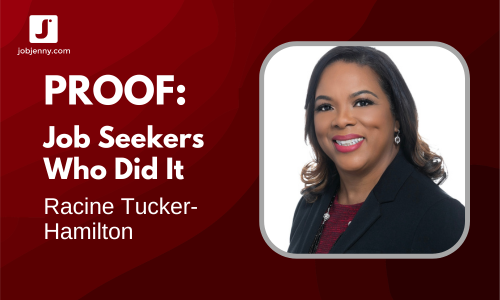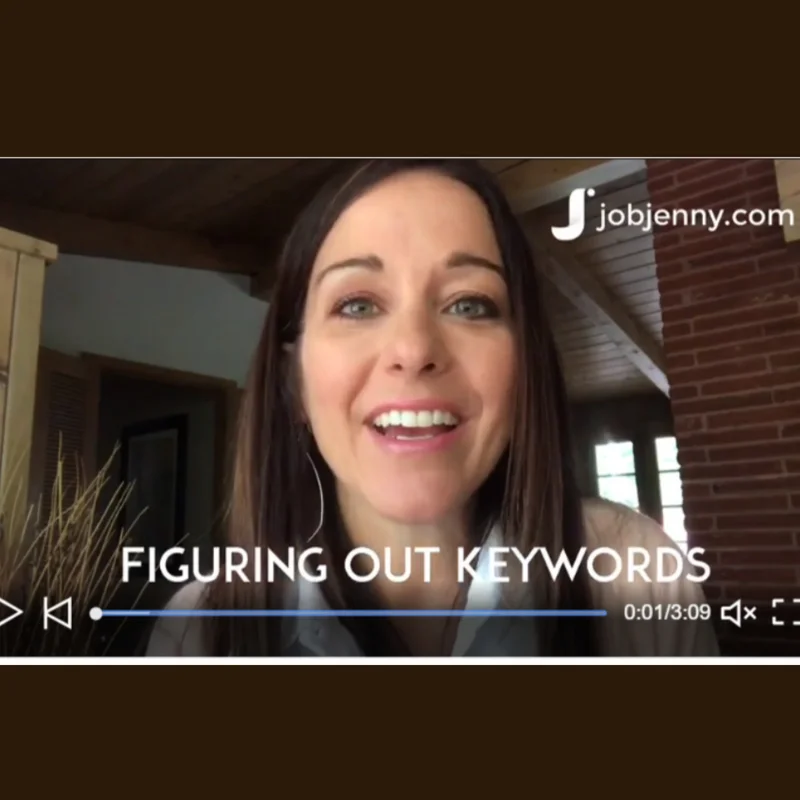Common resume mistakes (and the stuff you must leave off at all costs).
Crafting a brilliant resume that grabs the reader's attention and makes it "smack in the forehead" clear to the hiring manager that she absolutely must invite you in for an interview is almost never easy. For many, it's a downright awful experience. Marketing yourself properly on paper often feels like boasting or bragging, so it's very common for people to completely undersell themselves through a resume that's, at best, vanilla.
As one who plods through dozens of resumes every week, both as a recruiter and a resume writer, I feel obliged to share some of the most common mistakes I see on resumes and alert you of the things you must leave off your new resumes at all costs. Let's get right down to it:
The common mistakes
Lack of a focus and strategy. You can’t just list out the stuff you did at every job. That's called an autobiography. Your resume is a marketing document. Repeat: Marketing document. You need focus and strategy. You have to keep in mind who the target audience is, and what they’re going to care most about. Tell an overall story as you outline your career history, a story that speaks specifically to what will matter most to your future employer.
Failure to include the relevant key words. Most companies today have an applicant tracking system (ATS) sitting at the front end of the recruitment process. This is the electronic database that is going to store and scan resumes before the humans take a peek.
If you’re not yet clear on how the ATS works, or how recruiters and corporations use them in the recruitment process, you must must must drop everything right this minute and educate yourself on what they are. In doing so, you’ll realize that it’s beyond crucial for you to incorporate relevant key words (relevant to your industry, your job function, etc.) in the resume. If you plan to apply for any jobs online at all, chances are your resume is going to enter an ATS. The goal is to get the resume through the ATS and on to the human eyeballs. Don’t screw this step up – If you do, you could be lost forever in the ATS (even if you’re a spectacularly qualified candidate).
Use of an old school format or, worse, a Resume Wizard Word template. Hi. 1998 called. They’d like their resume template back. Please give it to them. A simple, Word formatted layout with consistent fonts, white space and bullet points will do just fine.
Formatting inconsistencies. I see this often. It makes me woozy. Be consistent with what you put in bold, and what you italicize. Use consistency in font sizing. Assuming you use bullet points, make them all the same style. No one wants to see a maze of dots, arrows, dashes and craziness on this thing. I call this a “Las Vegas resume.”
Grammatical inconsistencies. If you hyphenate a word in one spot on the resume, and then use the same word without hyphenation elsewhere? You look careless. Mostly, because you are careless. Check, check again and check again.
Inclusion of references, or the actual phrase “References available upon request.” It’s totally unnecessary. I have a little secret: If an organization is interested in you, and you get to the point in the process at which they want references? The interviewer will ask you for them, whether you’ve included this phrase on your resume or not. I swear.
Unbending belief that this sucker needs to be a one-pager. Please stop believing this one. It’s OK to go beyond a page. Very OK. In nearly a decade of recruiting, I've not ever had a corporate client come to me (after I'd submitted a candidate resume) and say, "Gee, this Sally Smith candidate looks interesting. Unfortunately, her resume is two pages long, so we will not be able to consider her." Not even one time.
The stuff you must leave off at all costs
Objectives. Especially an objective which says absolutely nothing (which, by the way, is what the majority I’ve seen say).
“Seeking a challenging position within a growing corporation that will allow me to make a positive contribution to the bottom line of the… blah blah you are killing everyone blah bitty blahhhh.”
Typos. I refuse to even expound on this one.
The phrase “Responsible for…” Again, this is a marketing document. You are presenting your value proposition, or your “so what?” It is not a job description. Not to mention, “Responsible for” is, bar-none, the most overused resume phrase on the planet. (Second only to “results-oriented.”)
Irrelevant / controversial hobbies or personal interests. You like to visit nudist camps and attend gun rallies with your family, do you? Through the eyes of the hiring manager, will these interests give you a distinct advantage over your competition? In most instances, no. Unless the hobbies are relevant to the types of positions you’re pursuing (or AMAZING, non-controversial conversation starters), leave them off.
Age, marital status and DOB. My dad used to do this. He was born in the 1940s.
A photo of yourself. Surely you already know this. Save that swanky mug shot for your LinkedIn profile, unless you happen to be a model or actress and may be hired specifically based on your appearance.
Any other photos, logos, graphics or text boxes. Some applicant tracking systems (and recruiters, for that matter) can’t deal with them.
Any personal mantras or motivational quotes. Don’t laugh, I’ve seen them. Go ahead and live by the words of Vince Lombardi in your professional life, just don’t highlight that you do on your resume.
Need more help crafting a resume that works? We'll take you step-by-step through the process our team uses in the Ridiculously Awesome Resume Kit. (You'll also get plenty of resume and cover letter samples to use for inspiration.) And don't forget ... if you simply don't want to craft your own, we're happy to take on the project through our Ridiculously Awesome Resume Service.











